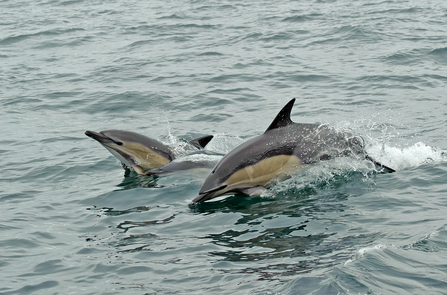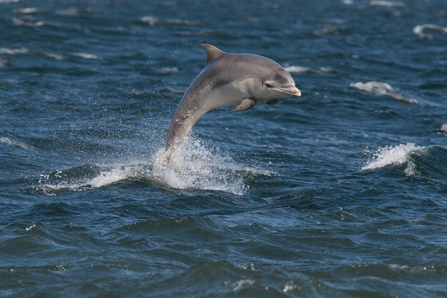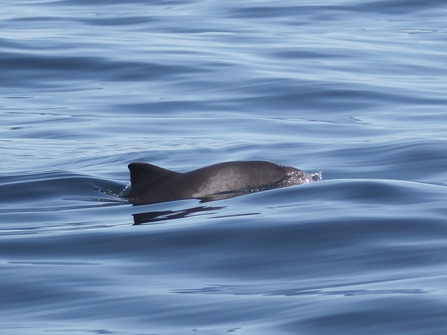As you may have seen in the news, the UK sometimes gets visitors from far flung places - like belugas in the Thames and walruses in the Scilly Isles. Species that live in specific locations around Britain may travel around, like the Scottish orcas who took a holiday to Cornwall earlier this year.
UK waters are teeming with life, and the varied marine geography of the British Isles provides lots of different habitats for sea-faring animals. Deeper waters to the north and off the continental shelf are favoured by the baleen or ‘filter feeding’ whales (like minke and humpbacks), and many smaller species (like dolphins and porpoises) prefer more sheltered and shallow waters. Warm ocean currents from the Mediterranean and the Atlantic Gulf Stream make Britain’s climate fairly mild for its latitude, while cooler waters and air currents coming down from the Arctic Ocean create diverse habitats to the north of the Isles. The mixing of warm and cool waters makes the sea very productive, with plankton populations blooming in the sunny summer months. These tiny organisms are the basis of the marine food chain; fish and squid feed on plankton, and whales and dolphins eat them in turn.
In short, you don’t have to go far to see amazing wildlife in the UK – and we have some awesome species living right here in the Solent! The region is quite sheltered, both by the Channel and the Isle of Wight, so we don’t tend to see the big baleen species, which prefer deep waters. The inshore habitat instead attracts dolphins and porpoises. While it is always possible for a wayfaring whale to drop by for a visit, you’re far more likely to see these three species: the short-beaked common dolphin, bottlenose dolphin, and the harbour porpoise. Between them they have a broad diet: mainly consisting of fish, with the latter two also eating squid and octopus, and bottlenose dolphins also eating crabs – all of which are found in the Solent.
Before we look at common features and behaviours of our Solent dolphins, we’ll look at where and how to find them. They all favour inshore habitats, and as ‘toothed whales’ they use echolocation to navigate underwater. With their sensitive hearing, lots of noise from boats or heavy machinery can disorientate them, so they generally try to avoid loud and busy channels. Sea state is a scale used to categorise how choppy the sea is by the size of the waves, from 0 (completely calm) to 9 (high waves with lots of foam). Anything above sea state 3 isn’t a good bet for spotting dolphins, as the spray and wave crests effectively hide the distinctive blow out of dolphins coming to the surface to breathe.
Now, onto our Solent dolphins!




